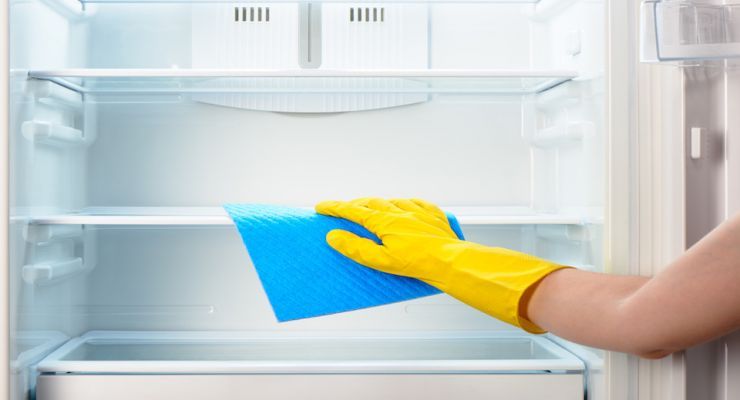The news is rife with food poisoning horror stories of unsuspecting restaurant-goers targeted by angry bacteria. While that is scary enough, it is even more terrifying to realize that the same viruses and pathogens may be hiding in your very home. Yes, your refrigerator could be host to a number of nasty substances that threaten your health. Here are just a few things to watch out for and ways to keep your food safe.
Spoilage bacteria
Spoilage bacteria is what you’re probably most accustoms to finding on those three-week-old leftovers shoved in the back of the fridge. It has probably grown a fuzzy layer of mold and changed color to become something unrecognizable. Fortunately, this is the easiest bacteria to spot and the easiest to prevent.
Cold tolerant bacteria
It is easy to think that the cold temperatures and “sterile” environment of the fridge would kill any lingering bacteria. But in reality, a dirty fridge with outdated, contaminated food is a breeding ground for disease. The fridge doesn’t actually kill most food-borne bacteria. It merely increases the shelf life of certain perishable goods and could potentially slow bacterial growth. This same bacteria, however, will continue growing as soon as the food is heated up or left at room temperature.
Pathogenic bacteria
Pathogenic bacteria are some of the most alarming since they leave no helpful indication of their presence. They don’t usually alter the taste, look, or even smell of contaminated foods. Listeria is a particularly nasty pathogenic bacteria and can be found in the fridge on items such as soft cheese, seafood, vegetables, and deli meats. A person infected with listeriosis could experience headache, stiff neck, confusion, loss of balance, and convulsions in addition to fever and muscle aches. Pregnant women are at particular risk as this infection could cause miscarriage, stillbirth, and other pregnancy complications. Other individuals with weakened immune systems should be alert as well. The best way to avoid eating foods contaminated with listeria and other pathogenic is to practice appropriate food safety and pay attention to how you are handling your groceries.
Best fridge practices
Keep items covered
Anything you put into the fridge should be in an airtight container, Ziploc bag, or have a foil or film covering it. This can help prevent cross-contamination and keeps food fresh. It is also important to use all foods by the sell-by date and avoid eating anything that smells or look “off”.
Leftovers
Do not leave leftovers in the fridge for more than four days. Take a detailed look through your refrigerator every week and reheat any leftovers or simply toss them in the trash if they have been in the fridge for too long.
Avoid overfilling
Though some bacteria can survive the low temperatures of the fridge, most contaminants are curtailed with appropriate refrigeration. Keep a close eye on the thermometer in your fridge to make sure the cooling system is functioning properly and avoid stuffing food too close together. This lack of airflow could prevent the cold air from reaching all your food and put it at risk for bacterial growth.
Keep your fridge clean
Though this should be obvious, keeping your fridge clean is one of the best ways to prevent bacteria. Wipe it down every week with hot, soapy water or vinegar and water before you get groceries and completely empty it out once a month for a more detailed scrubbing.
Place raw meat on the bottom
Raw meat is one of the most dangerous things in your refrigerator so it is important to keep it isolated from your other food. Especially any food that you eat raw. Place raw meat in a bag or bowl and store it on the bottom shelf as it defrosts. This will keep it from dripping any contaminated liquid onto the rest of the food.
Make sure doors seal properly
The easiest way to ensure food safety and confirm that your fridge is cold enough to prevent most bacteria is to regularly check the seals and replace them if needed. An improperly sealed fridge can create a hospitable environment for bacteria. Not to mention, it’ll raise your energy bill through the roof.
What other food safety tips do you have for keeping your fridge clean and bacteria free? Let us know in the comments below!
-Susan Patterson

